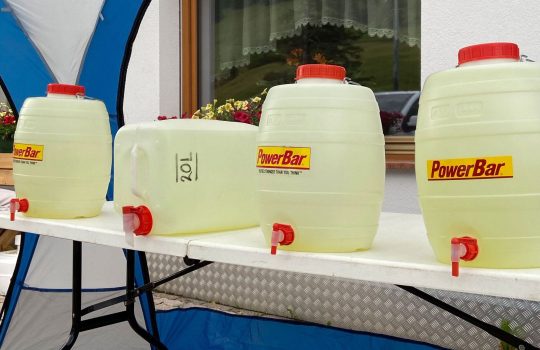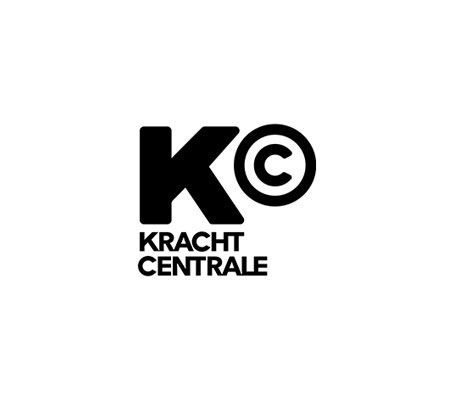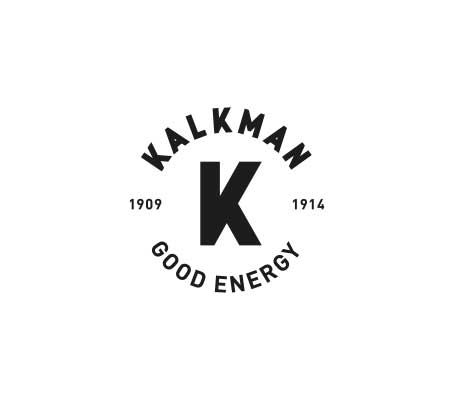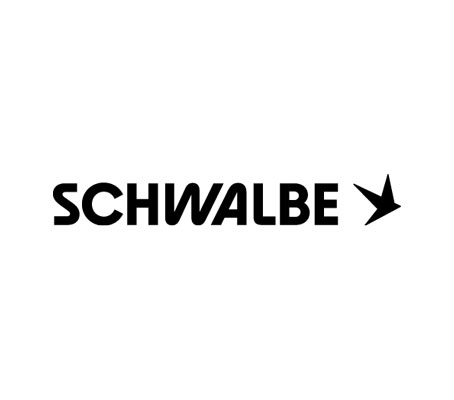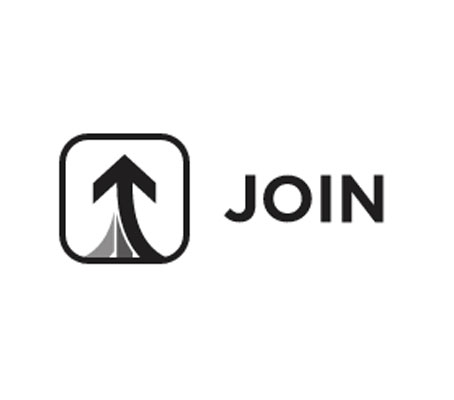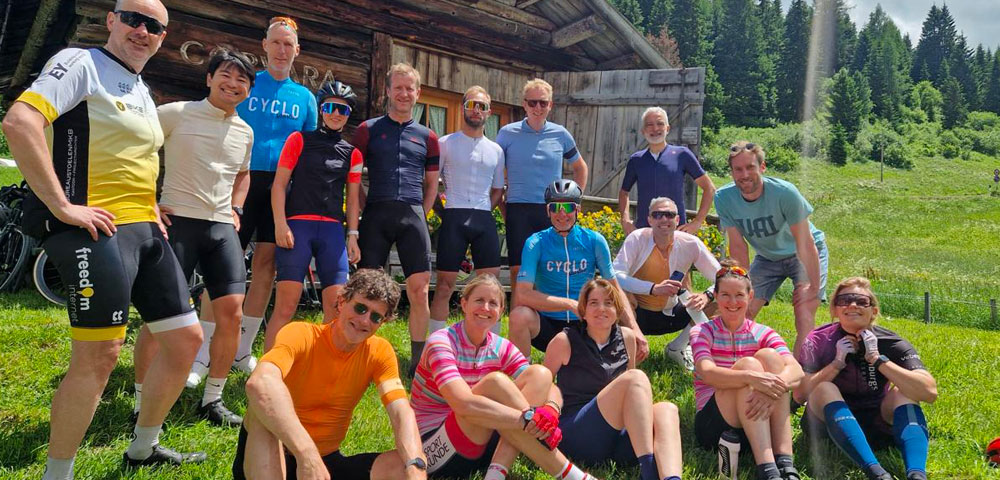Cycling in the mountains: Stacking! Or not?
Do's and don'ts of eating and drinking
Stacking! A well-known phenomenon among cycling groups. But what does this mean? Is this necessary? And what do you eat and drink while cycling? There are several ideas and some misconceptions. We will help you on your way!

Prepared for the start
When your bike tour starts, you want to be at the start rested and recharged. This means that your carbohydrate content and fluid level are at the right level. You will use it a lot during your ride. On average, you have room to store 500-750 grams of carbohydrates. And full is full! So take it easy during the last week to start fresh and eat normally. There is a good chance that stacking or eating something else extra is not necessary. When your supply is full, your body still has to process the extras.
Also read: You go on a cycling trip and take with you
For example, eat easily digestible food with slow carbohydrates the night before. For example, rice or pasta with some vegetables and sauce. And drink enough water and not alcohol, because that removes moisture. Have a normal breakfast, again with slow carbohydrates. Oatmeal works perfectly here, almost every top athlete takes this for breakfast. Preferably an hour or 2 before you leave, so that your body can process it.
During your ride
Your preparation is good and your carbohydrate supply is completely capped. What do we often see going wrong? You've been on the road for 2 hours and your water bottles are still almost full. You are now also starting your first bar or gel. There is a good chance that you will hold out for a while, but will soon encounter the man with the hammer. If you accelerate fairly hard for one hour, your carbohydrate supply will already be gone!
So start eating after half an hour and continue to drink enough during your entire ride. The diet can, for example, consist of bananas, white bread with jam, dates, haribos, energy tablets (a la Dextro), gels and bars. Pay particular attention to lots of carbohydrates and little fat and proteins. This is easiest to process during exercise. Sports nutrition is great because this nutrition is optimized for use during exercise with the right proportions of carbohydrate types. Good sports nutrition is included when you travel with CYCLOsportive. By the way, make sure you have packaging that opens easily, or open it before your ride starts. You can also open bars on your handlebars!
In addition, fill 1 of your 2 large water bottles with sports drink for the necessary extra carbohydrates, but also salts. These help absorb carbohydrates. You drink water to better digest bananas, gels and bars, for example. We have all heard of hunger pangs that come suddenly, while dehydration is a real silent killer. Drinking too little can quickly cost you percentages in energy.
It is smart to train your carbohydrate intake at home, so that your body can get used to this high intake. Start your long training sessions with 40-50 grams of carbohydrates per hour and slowly build up towards 90. So keep eating and drinking!

Memory support from our partner Kalkman Sports Nutrition
After your ride
Your supplies have largely been depleted, so replenish them quickly. Start immediately, at least within half an hour. Or even when you are cycling or descending. Especially if you have more trips planned. Preferably in the order: hydrate, carbohydrates, proteins. The first two to replenish your supplies. Proteins for muscle recovery.
For example, drink a lot of water. Eat an egg in between. Have chicken with dinner and a bowl of Skyr or low-fat cottage cheese before going to bed. This is good for your muscles during the night's sleep!
What are your experiences? Which diet works well for you? Let me know! jeroen@cyclosportive-travel.nl
